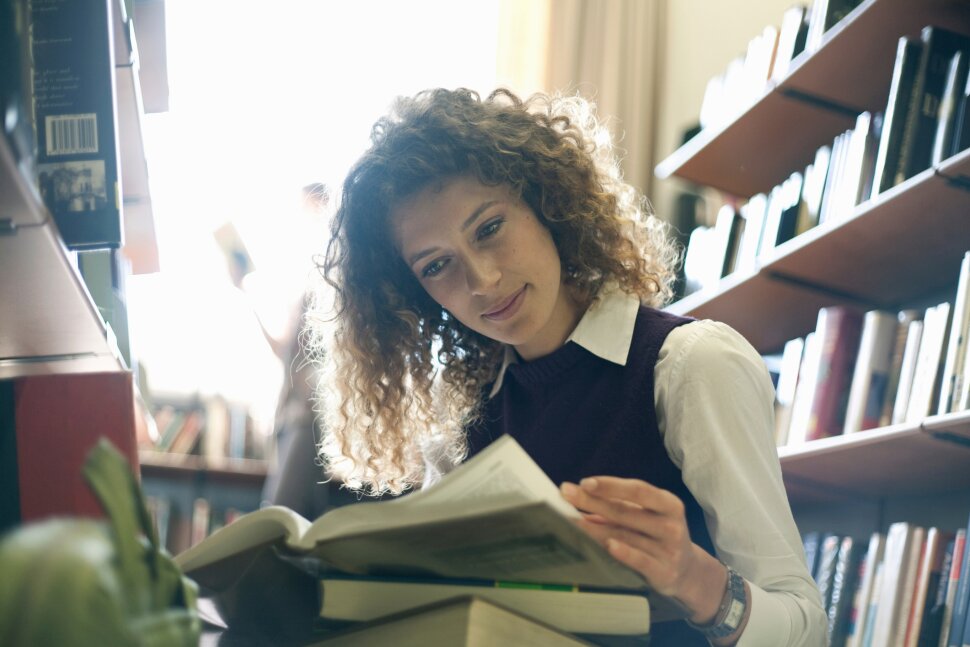It’s annoying to have bats in your home or property. They can make noise, create messes, and even pose health risks. But don’t worry, getting rid of bats is possible, and it doesn’t have to be complicated. In this guide, we’ll provide you with straightforward and effective methods to deal with bat infestations.
We’ll cover how to identify if you have bats, why it’s essential to act, and the steps you can take to remove them safely. You’ll also learn preventive measures to keep bats from returning and when it might be time to seek professional help.
By the end of this guide, you’ll have the knowledge and confidence to tackle your bat problem and enjoy a bat-free environment.
Table of contents
How can I tell if I have bats in my home?
You can identify if you have bats in your home by paying attention to certain signs:
Sightings: If you see bats flying in or around your home, especially at dusk or dawn, it’s a clear indication.
Sounds: Listen for squeaking or scratching noises, especially at night. Bats can be noisy in their roosts.
Guano (Droppings): Look for bat droppings, which are small, dark, and often found near entry points or roosting areas.
Stains: Check for brown or oily stains on walls or ceilings caused by bat fur and droppings.
Odor: Bats can produce a distinct, musty odor, especially in confined spaces.
If you notice these signs, it’s likely you have bats in your home and should take action to remove them.
Read: How Fast are Cheetahs: Animal Speed Fascination
What will keep bats away?
To keep bats away, it’s essential to understand their habits and preferences. Bats are attracted to darkness, shelter, and insects, so making your home less appealing to them is key.
Lighting: Install bright outdoor lighting around your home. Bats are nocturnal and prefer dark areas, so well-lit surroundings can deter them.
Seal Entry Points: Close off any openings, cracks, or gaps in your home’s exterior. Bats often enter through small openings in walls or roofs.
Roosting Areas: Remove or seal off potential roosting spots like attics, chimneys, and eaves.
Insect Control: Reduce insect populations around your property, as bats feed on them. Use insect repellents or light traps.
Bat Houses: Consider providing bat houses away from your home. This can encourage bats to roost there instead.
Remember that bat removal should be humane and considerate of local wildlife regulations.
Also, read: Why Do Dogs Rub on Dead Animals?
How to get rid of bats
Here are six effective ways to get rid of bats from your property:
Seal Entry Points: Identify and seal all openings, cracks, and gaps in your home’s exterior, including vents and chimneys. Bats often enter through these access points.
Install Bat Exclusion Devices: Bat exclusion devices, like one-way valves or tubes, allow bats to exit your property but prevent them from re-entering. Place these devices at known entry and exit points.
Use Bright Lighting: Install bright outdoor lighting around your home, especially near potential roosting areas. Bats prefer dark areas, so well-lit spaces can discourage them.
Bat Houses: Erect bat houses away from your home as alternative roosting spots. This can help bats relocate voluntarily.
Professional Assistance: Consider hiring a wildlife removal expert who specializes in humane bat removal and abides by local regulations.
Preventive Measures: After removing bats, take preventive measures to ensure they don’t return, such as regular inspections and maintenance.
Remember to handle bat removal with care, considering the welfare of these creatures and local wildlife regulations.
Also, read: What Animals Never Stop Growing?
FAQs
While home remedies may not be as effective as professional methods, some people use ingredients like mothballs or garlic around entry points as potential bat deterrents. However, their success varies.
Killing bats is not recommended and may be illegal in many places due to their protected status. Humane exclusion and prevention methods are preferred for bat removal.
Bats are attracted to darkness, sheltered roosting spots, and a readily available supply of insects, which serve as their primary food source.
Conclusion
Dealing with a bat infestation can be challenging, but it’s essential to prioritize humane and legal methods for removal. Identifying entry points, using exclusion devices, and maintaining proper lighting can help. Consider professional assistance when needed and take preventive measures to deter bats from returning. Remember, protecting both your home and the welfare of these beneficial creatures is crucial in bat removal efforts.
References
- ngpest.com – How To Get Rid of Bats Fast
- homesandgardens.com – How to get rid of bats in a house naturally






